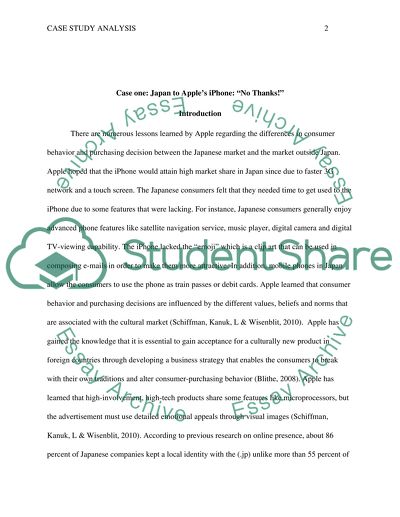Cite this document
(“Case Study Analysis Example | Topics and Well Written Essays - 2000 words”, n.d.)
Retrieved from https://studentshare.org/psychology/1483661-case-study-analysis
Retrieved from https://studentshare.org/psychology/1483661-case-study-analysis
(Case Study Analysis Example | Topics and Well Written Essays - 2000 Words)
https://studentshare.org/psychology/1483661-case-study-analysis.
https://studentshare.org/psychology/1483661-case-study-analysis.
“Case Study Analysis Example | Topics and Well Written Essays - 2000 Words”, n.d. https://studentshare.org/psychology/1483661-case-study-analysis.


